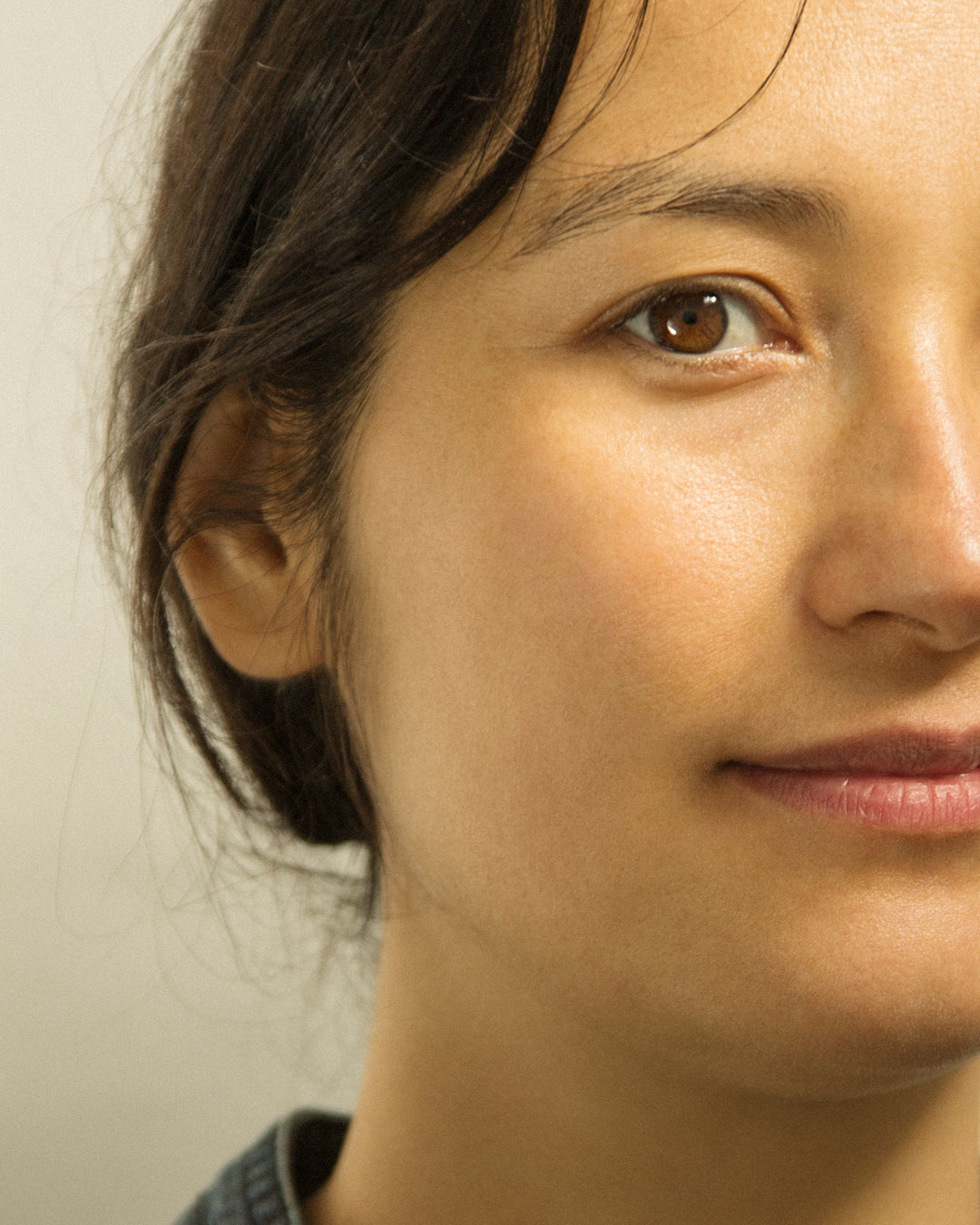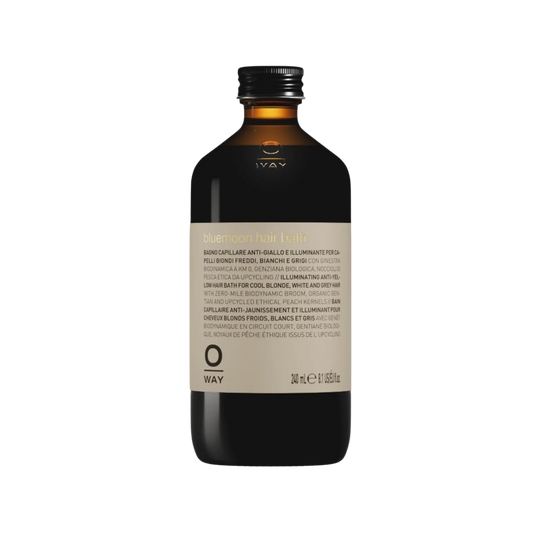Here at Glasshouse we have recently updated our salon pricing to reflect a more equal and gender neutral policy, meaning the same prices for both men and women determined by the skill of the stylist rather than the gender of the client.
Whilst women still earn on average 20% less than men in the UK, across many major retailers and industries they are also paying more money for the same products. Dubbed the ‘pink tax’, the price increase is commonly seen on items such as razors, painkillers and beauty items, but also on clothing and of course, haircuts.

The price hike seems to start from a young age, with some retailers pricing young girls’ bikes at more than boys’ bikes for example, the only difference being that they are pink. Likewise, baby clothing for girls can often be more expensive than for boys. Heading into adulthood, the price difference in clothing is still prevalent. Take a classic white t-shirt at Topman for example, which is priced at £7. The closest thing to a ‘classic’ t shirt on their women’s site, Topshop, is a ‘boxy fit’ style shirt for £10, but even a cropped version with half the fabric is priced at £8.
So why is this the case? Perhaps the history of this inequality lies in the traditional stereotypes of being a women, typically caring more about fashion and beauty than men. Hairdressing used to be seen as a luxury experience for women of the nobility, whereas a barber shop was more of a quick snip and a shave. Nowadays however, research is pointing towards a clear rise in men’s grooming. Data found by Kantar shows that last year that men made up 31% of total toiletries sales, and men’s skincare sales in particular rose by 16.5%, alongside a 5% growth in hair styling. Although this is still significantly behind women, the continued rise certainly does not suggest a lack of interest from men in taking care of themselves. The boom in men spending more on their appearance is mirrored in the clothing and even makeup industries.

It also goes without saying that in 2019, not only do women and men often share the same taste, but many people feel the terms ‘woman’ and ‘man’ do not apply to them at all, identifying instead as gender neutral or non-binary. As a result, businesses are starting to question whether men’s and women’s categories for shopping and services are still necessary or relevant. In the last couple of years for example, brands such as H&M and ASOS have been releasing their own unisex collections, whilst on the catwalk designers from Burberry to Gucci have been combining their men’s and women’s shows into one, showing that style really isn’t gender exclusive.
From lipstick to loafers, the trend forecast for genderless fashion and beauty certainly points towards a future that’s open to all. There’s still a long way to go, but in the meantime you can help by letting brands know if you’ve spotted them unfairly pricing gendered items, encouraging them to reconsider. When it comes to our own salon, our Stylists treat each and every client with the same time, care and attention. For this reason, Glasshouse will now have just one price list for all.
To view our new price list at Glasshouse head to the salon website here.
Featured image by Thea Lovstad for Glasshouse x Otiumberg.
Words: Phoebe Grace Ede




